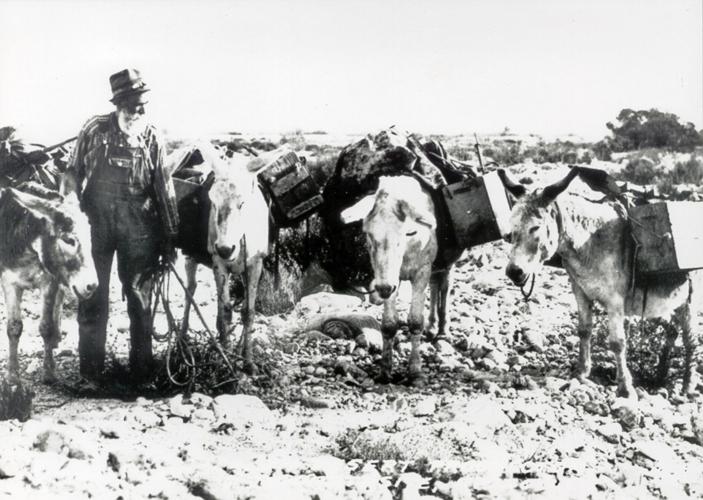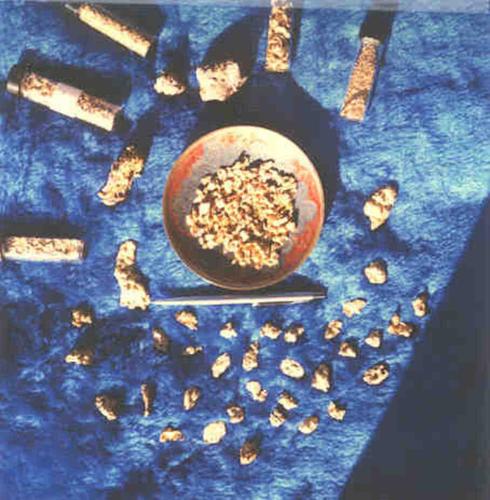One of the most-rugged mountain ranges in Arizona is the Galiuro, located west of Fort Grant and east of the Santa Catalinas. The Spanish early on referred to the mountain range as the Sierra de San Calistro, with the name evolving into Galiuro upon the arrival of Anglo miners.
Early mining operations were hindered by the wild terrain of the range, hosting Apaches, bears and mountain lions. But the mountains’ composition of a thick series of volcanic flows and tuffs, along with a complex geologic faulting, excited geologists and miners by the early 20th century to seek out the potential of mineralization.
In 1902, Arizona territorial geologist William Blake unsuccessfully invested in a mining venture in the Galiuro Mountains only to see his company go bankrupt due to marginal returns, despite his overly optimistic enthusiasm about the mineral potential.
Located in 1908, the Powers Mine in the Rattlesnake district is one of the more famous mining localities in the Galiuro Mountains. The mine was named after the Powers family that developed it on a small scale after the previous owner, R.L. Young, had shipped 5½ tons of gold ore prior to his loss of the mine for not having paid royalty. Jeff Power and his family later acquired the property, working the ore by free milling with positive gold panning results.
Ore was hauled 20 miles along the Willcox-Arivaipa road by wagon. Operations included a mill with several arrastras. Two miles north of the mine, a 2-stamp mill was built at Rattlesnake Canyon, yet there is no record that it ever operated.
Brothers Tom and John Power had a shoot-out with a posse of lawmen in 1918 after their cabin was surrounded and the posse killed their father, Jeff Power. Three of the four lawmen were killed in the action, resulting in one of the greatest manhunts in Arizona history. Both brothers and a colleague, Tom Sisson, were eventually captured south of the Mexican border by the United States Cavalry. Although they declared their innocence, saying that the law officers never revealed their identities and that they were ambushed at home, they were sentenced to life in the state prison in Florence.
The brothers had apparently evaded the draft during World War I, but there is conjecture that the posse was sent out to apprehend them in order to apply pressure on the father to sell or relinquish their mining claims.
The Powers Mine was later held by the Consolidated Galiuro Gold Mines, Inc.
The Knothe Mine was another producing mine, one mile south of the Powers Mine. Its production consisted of a small amount of hand sorted high-grade gold ore. The deposit itself occurs as silicified, brecciated rhyolite mixed with crystalline white quartz and fine-grained pyrite containing the majority of the gold.
Another minor collection of workings is the Gold Mountain property discovered in the early 1900s. As with the Knothe Mine, it produced low-grade gold bearing pyrite.
The Rattlesnake district was credited in 1932 with having produced 71 tons of ore valued at $597 worth of gold and 7 ounces of silver.
Although the district proved insignificant in great mineral discoveries, the Galiuro Mountains — with their jagged peaks of rhyolite and crystalline lava, volcanic tufts and breccias — continue to attract off-road enthusiasts who seek adventure in some of Arizona’s most inaccessible terrain.





